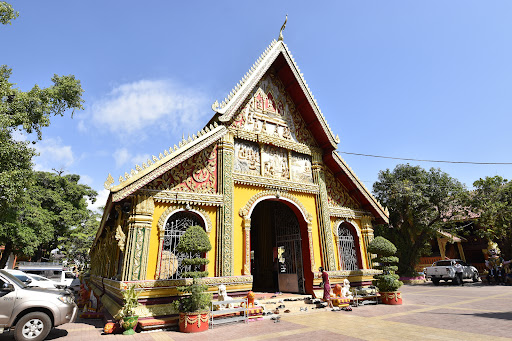Wat Si Muang things to do, attractions, restaurants, events info and trip planning
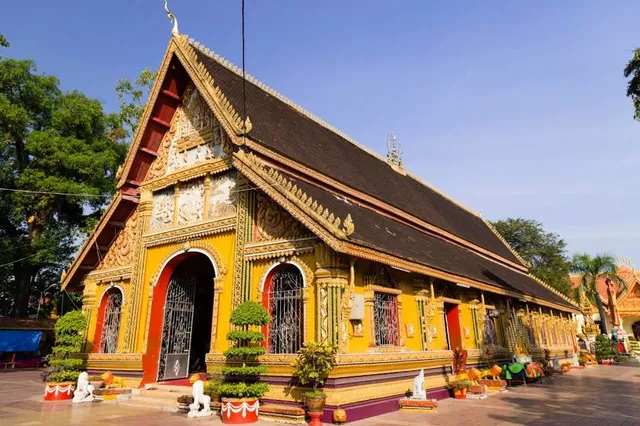
Basic Info
Wat Si Muang
15 Rue Bourichane, Vientiane, Laos
4.5(1.5K)
Open 24 hours
Save
spot
spot
Ratings & Description
Info
Wat Si Muang or Simuong is a Buddhist temple in Vientiane, the capital of Laos.
Cultural
Accessibility
attractions: COPE Visitor Centre, Wat That Khao, Sacred Heart Cathedral, Ho Phrakeo Museum, Wat Sisaket, Statue of Chao Anouvong, restaurants: Kung's Cafe Lao, PVO Vietnamese Food, Vegan Center Café (ຮ້ານອາຫານວີເກັນເຊັນເຕີ ຄາເຟ), You Na - 프랑스 요리 - 法國菜, Bistro 22, Sihom Cafe (Parkson), Central Lake Restaurant and cafe, Soul Kitchen, Center point juice bar, Anime bar
 Learn more insights from Wanderboat AI.
Learn more insights from Wanderboat AI.Phone
+856 20 99 690 409
Plan your stay

Pet-friendly Hotels in Vientiane Capital
Find a cozy hotel nearby and make it a full experience.

Affordable Hotels in Vientiane Capital
Find a cozy hotel nearby and make it a full experience.

The Coolest Hotels You Haven't Heard Of (Yet)
Find a cozy hotel nearby and make it a full experience.

Trending Stays Worth the Hype in Vientiane Capital
Find a cozy hotel nearby and make it a full experience.
Reviews
Nearby attractions of Wat Si Muang
COPE Visitor Centre
Wat That Khao
Sacred Heart Cathedral
Ho Phrakeo Museum
Wat Sisaket
Statue of Chao Anouvong
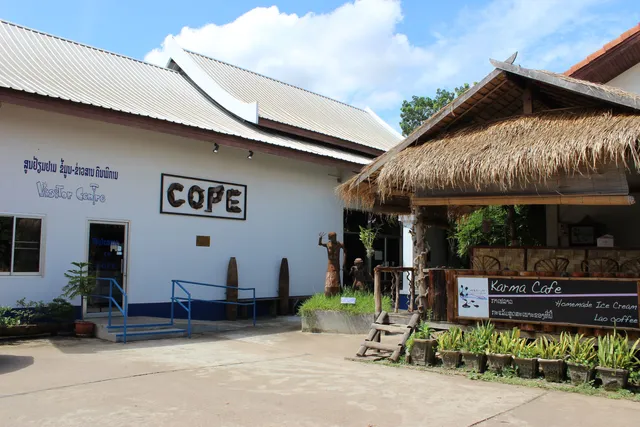
COPE Visitor Centre
4.7
(390)
Open 24 hours
Click for details
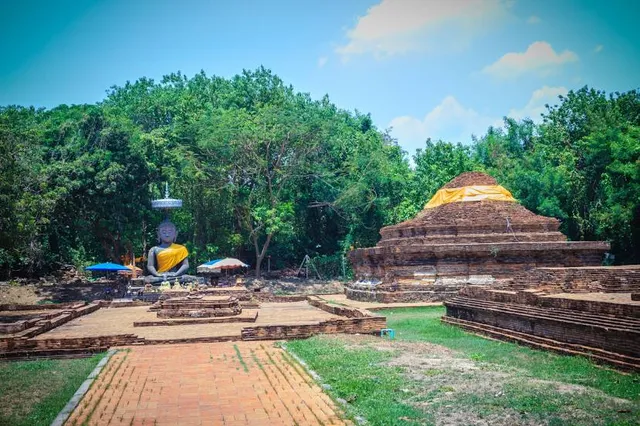
Wat That Khao
4.1
(137)
Open 24 hours
Click for details
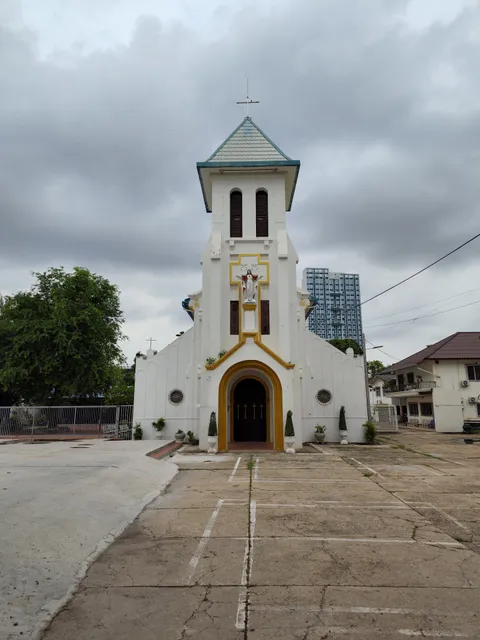
Sacred Heart Cathedral
4.5
(154)
Open 24 hours
Click for details
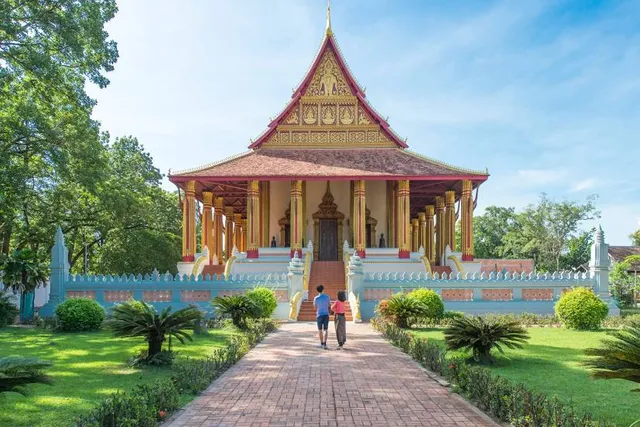
Ho Phrakeo Museum
4.3
(659)
Open 24 hours
Click for details
Nearby restaurants of Wat Si Muang
Kung's Cafe Lao
PVO Vietnamese Food
Vegan Center Café (ຮ້ານອາຫານວີເກັນເຊັນເຕີ ຄາເຟ)
You Na - 프랑스 요리 - 法國菜
Bistro 22
Sihom Cafe (Parkson)
Central Lake Restaurant and cafe
Soul Kitchen
Center point juice bar
Anime bar
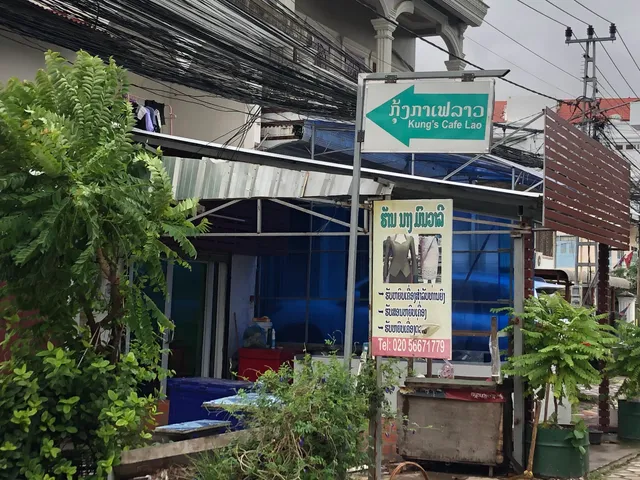
Kung's Cafe Lao
4.6
(287)
$
Click for details
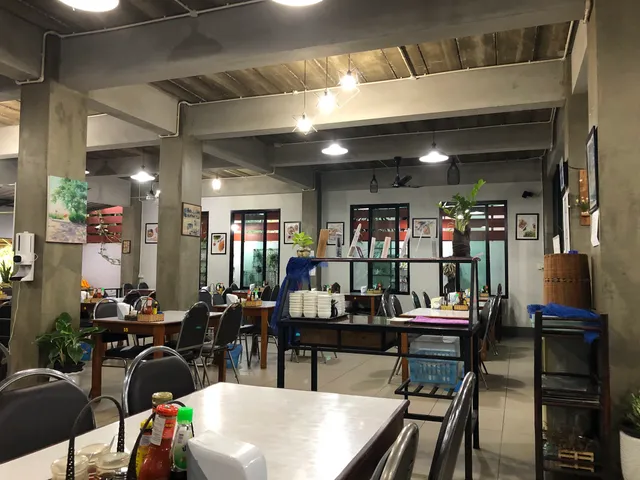
PVO Vietnamese Food
4.5
(518)
$
Click for details
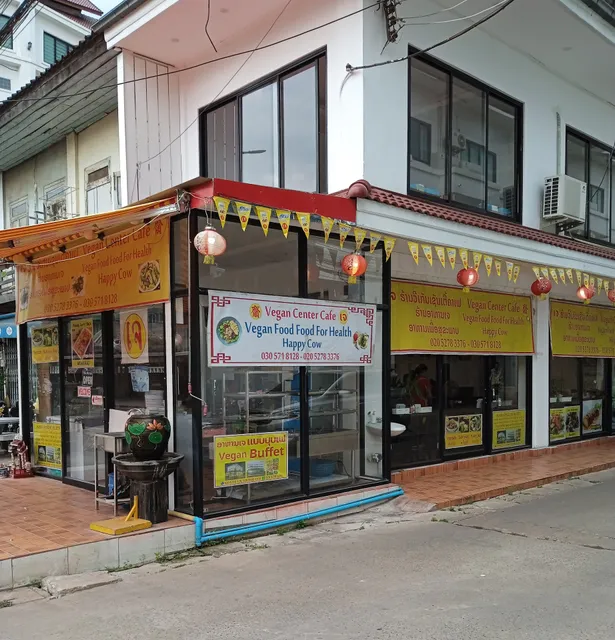
Vegan Center Café (ຮ້ານອາຫານວີເກັນເຊັນເຕີ ຄາເຟ)
4.7
(75)
Click for details
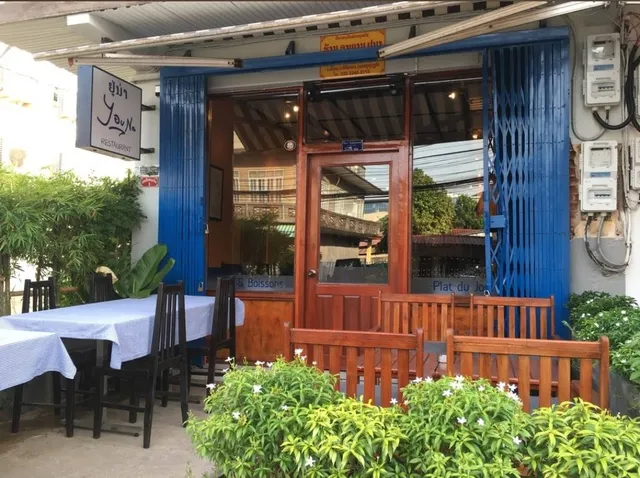
You Na - 프랑스 요리 - 法國菜
4.7
(57)
Click for details




